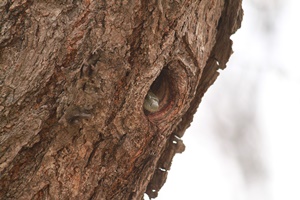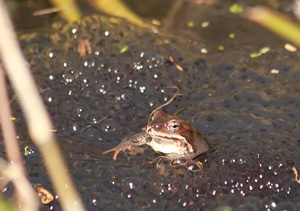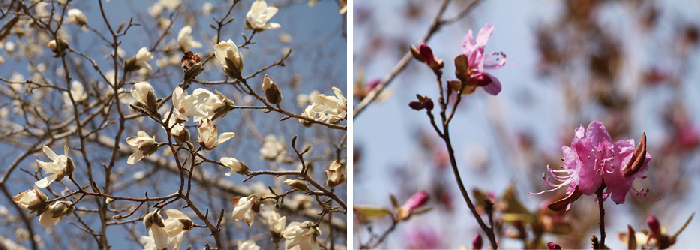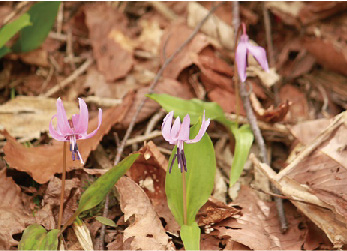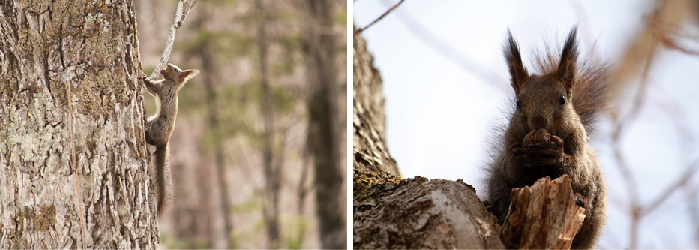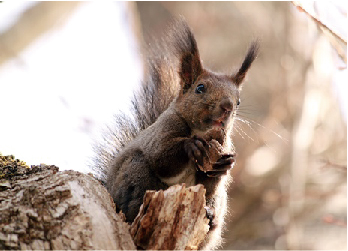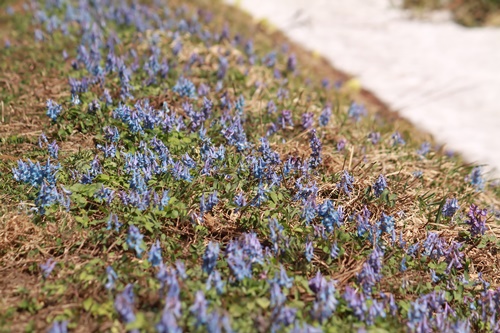*I have reduced the size of the photo.
I found a Elaphe climacophora in a Pteromys volans orii nest.
I pray that the squirrel escaped…
The snake is a natural enemy of squirrels.
It does not climb trees by winding up it. Rather, it has what are called “keels” on both edges of its ventral (abdominal) scales. The snake can hook them onto tree trunks or branches to climb vertically. (People tend to think that the snakes live on the ground, but I have seen them drooping from tree branches during forest walks. They have the ability to move overhead through the trees.)
The snake’s climbing makes a very faint sound. Squirrels that hear this sound feel threatened and leave their nests.
I wonder if the one that lived here heard the noise.
Photo: A Elaphe climacophora in a Pteromys volans orii nest (Kamikawa Town) May 3
I found a Elaphe climacophora in a Pteromys volans orii nest.
I pray that the squirrel escaped…
The snake is a natural enemy of squirrels.
It does not climb trees by winding up it. Rather, it has what are called “keels” on both edges of its ventral (abdominal) scales. The snake can hook them onto tree trunks or branches to climb vertically. (People tend to think that the snakes live on the ground, but I have seen them drooping from tree branches during forest walks. They have the ability to move overhead through the trees.)
The snake’s climbing makes a very faint sound. Squirrels that hear this sound feel threatened and leave their nests.
I wonder if the one that lived here heard the noise.
Photo: A Elaphe climacophora in a Pteromys volans orii nest (Kamikawa Town) May 3
